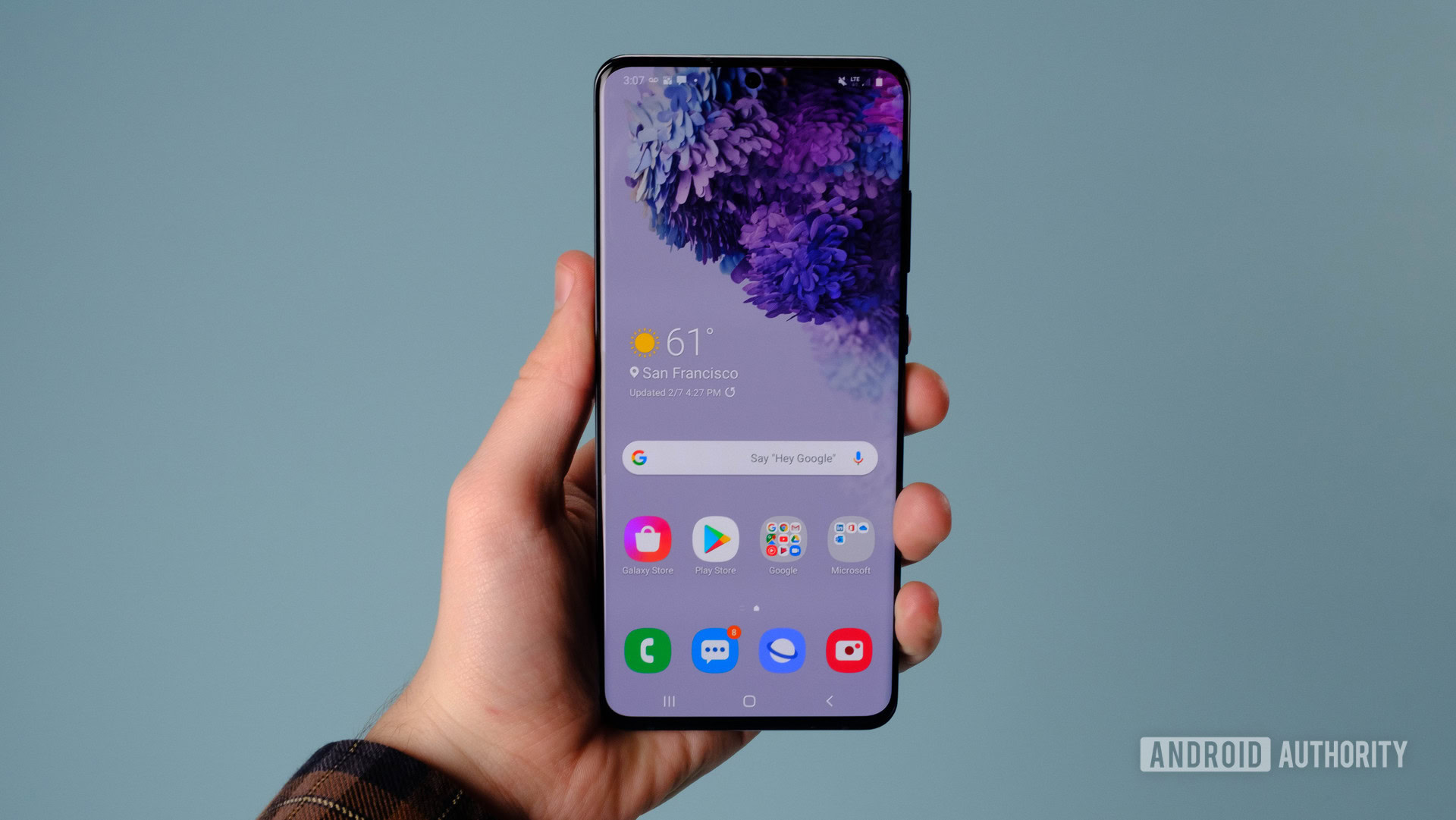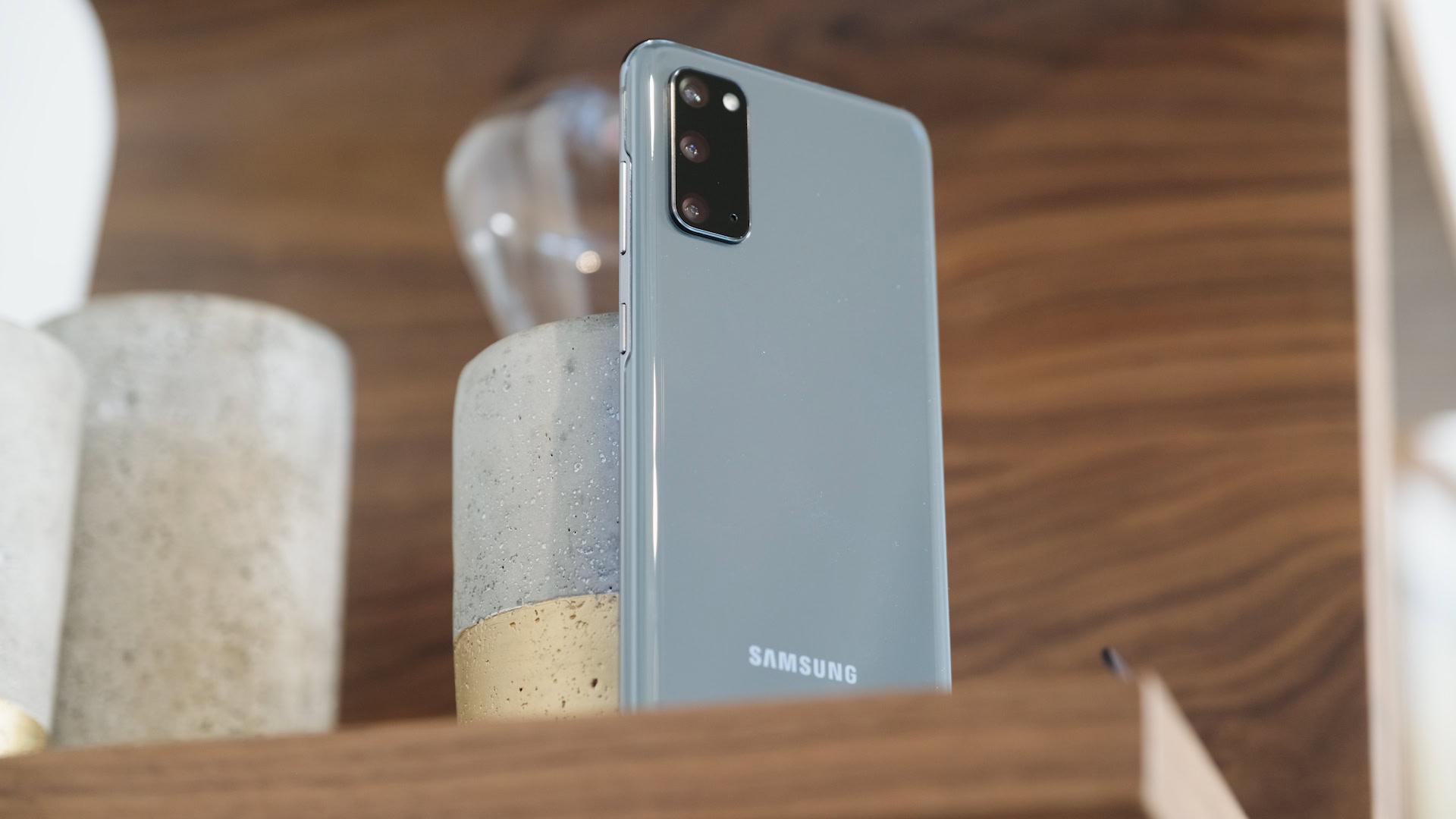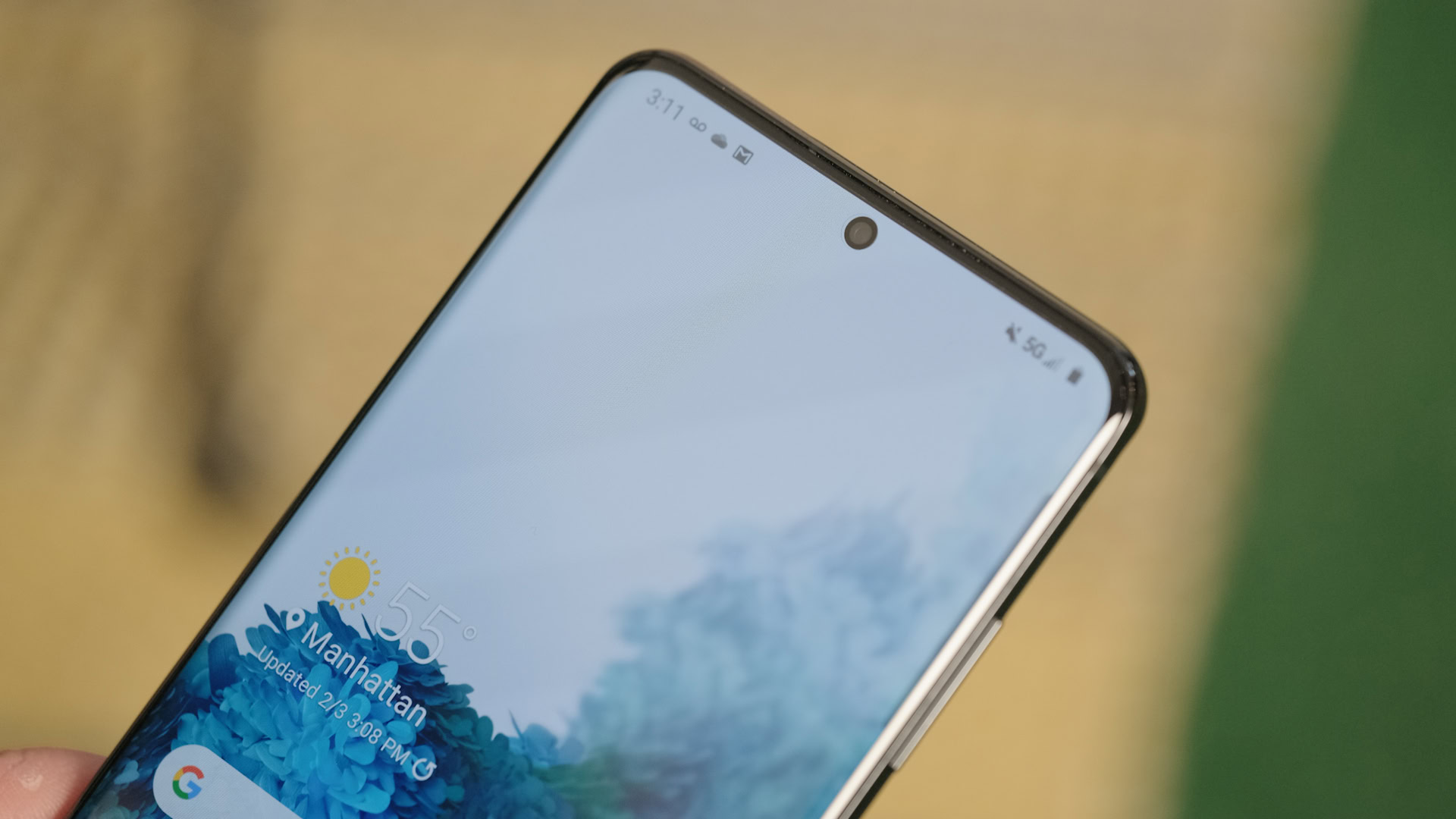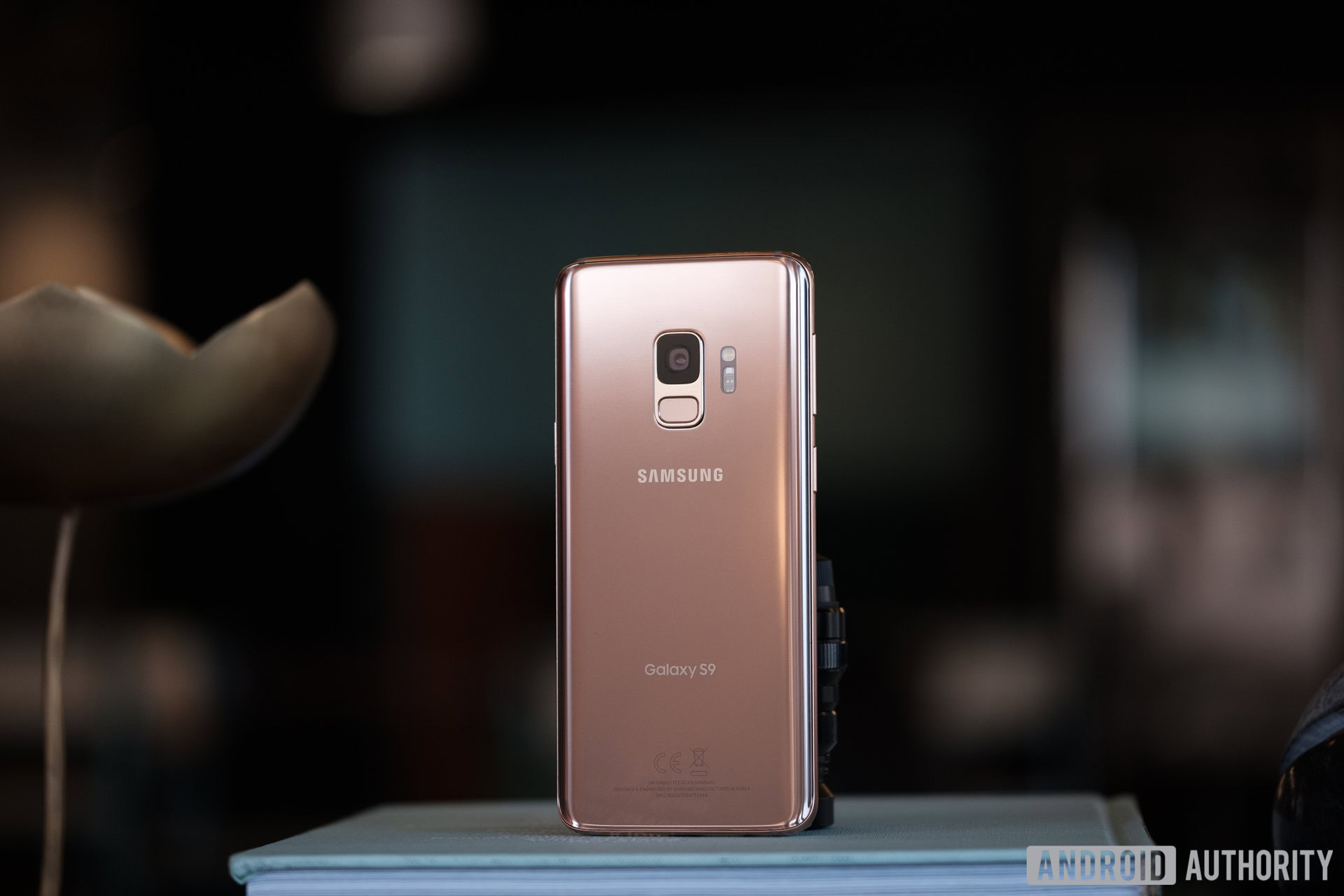Affiliate links on Android Authority may earn us a commission. Learn more.
Samsung Galaxy S20 vs S9 series: Should you upgrade?

The Galaxy S20 series is here, and now it’s time to see how it stacks up against the older Galaxy S9 phones. After all, the Galaxy S9 is two years old now, and that’s typically when many of us at least start entertaining the idea of a phone upgrade. In this post, we compare the specs and features of the devices to figure out who should upgrade to one of the new Samsung flagships and who should stick with the Galaxy S9.
Read: Samsung Galaxy S20 Buyers Guide – Everything You Need to Know
But before we jump into the Galaxy S20 vs S9 comparison, it’s worth mentioning that while the Galaxy S9 series consists of two phones — the S9 and S9 Plus — the S20 series is made up of three devices. There’s the Galaxy S20, which is seen as the successor to the S9, the S20 Plus that replaces the S9 Plus, and the Galaxy S20 Ultra that’s in a league of its own.
Galaxy S20 vs S9: Who should upgrade?

The Galaxy S20 phones offer way more than the S9 series in terms of specs and features. Not only are they the best Samsung phones you can get, but they are also among the best phones on the market overall.
There are many good reasons why you should upgrade. First, there are the cameras. The S9 has a single shooter on the back (12MP), while the Plus model comes with an additional telephoto lens (also 12MP). The Galaxy S20 and S20 Plus, on the other hand, feature a standard, telephoto, and wide camera sensors (12, 64, and 12MP), giving you more versatility when taking photos. The Plus model also comes with a ToF sensor that should help with portrait mode. Although we haven’t tested out the S20’s cameras, we expect them to produce far better-looking images than the S9 series, especially in low-light conditions.
The Galaxy S20 Ultra goes a step further in the photography department, featuring a standard 108MP lens, a 48MP periscope telephoto shooter, and a 12MP ultra-wide camera. It also has a ToF sensor on board. The phone is capable of hybrid optical/digital zoom at 10x and Super Resolution Zoom up to 100x, which is insane.
In addition to the cameras, the S20 phones also have more processing power than the S9 series. They are powered by the latest and greatest Snapdragon 865 chipset — or the Exynos 990 in some regions — compared to the Snapdragon 845/Exynos 9810 of the S9 and S9 Plus. The 845/9810 is still a great chip, though (more on that later on), it’s just not as fast as the 865/990.
The Galaxy S20 Ultra comes with as much as 16GB of RAM.
The phones have more RAM as well, with all three models sporting at least 12GB. The Ultra model can also be yours with 16GB of RAM, which sounds impressive but is overkill. The S9 phones, on the other hand, feature 8GB of RAM.
Next up are battery sizes. The S9 family has battery life that is average at best, coming in at 3,000mAh and 3,500mAh. Both support fast wired charging at 15W. The S20, which has the same screen size as the S9 Plus, has a larger 4,000mAh battery, while the Plus model steps it up with a 4,500mAh cell. Both phones support 25-watt fast charging. The Ultra model offers the most of the pack, coming with a 5,000mAh battery that supports 45-watt fast charging, which will get the cell from zero to 100% in no time at all (though you’ll have to pay extra for the feature).

These are the main reasons to upgrade to the Galaxy S20 from the S9, although there are plenty of others as well. All three phones support 5G networks, which may or may not be a big deal depending on where you live or how important faster internet speeds are to you. The phones also have more modern designs with thinner bezels, more base storage, and 120Hz displays.
So if you want better cameras, more performance, a bigger battery with faster charging, 5G support, a 120Hz display, or more base storage, among other things, you should definitely upgrade to one of the new Galaxy S20 handsets. All three of them are fantastic phones, and you can’t go wrong with either one.
Read also: Why is the Samsung Galaxy S20 so expensive?
But keep in mind they don’t come cheap. The S20 starts at $1,000, the Plus model will set you back at least $1,200, while the S20 Ultra can be yours for a starting price of $1,400. This places them among the most expensive phones on the market. For reference, the Galaxy S9 started at $720, while the base model of the Galaxy S9 Plus went for $840.
Galaxy S20 vs S9: Who shouldn’t upgrade?

I want to point out again that the S20 phones are superior to the Galaxy S9 series in more or less every way. If you want the best of the best, getting one of Samsung’s new flagship is a no-brainer. However, just because something is better overall doesn’t mean it’s better for you. It all comes down to your wants and needs. The truth is that the Galaxy S9 and S9 Plus, despite being around two-years-old, are still fantastic phones.
Sure, the Snapdragon 845/Exynos 9810 chipset isn’t the most powerful one out there, but it’s still more than capable, even for demanding users. The 8GB of RAM the phones have is the sweet spot for Android devices at the moment, in my opinion, so don’t think you’re losing out much compared to the 16GB offered by the S20 Ultra. As our very own Gary Sims wrote last year in his post titles “How much RAM does your phone really need,” once you go over 8GB, you enter “Nonsense” land, where Mr. Silly lives.
The biggest things you’re missing out are the cameras as well as the bigger battery and faster charging. But if these things aren’t super important to you and you can live without them, holding on to your Galaxy S9 isn’t a bad idea.
The Galaxy S9 and S9 Plus both have a headphone jack on board.
Surprisingly, there are also a few areas where the S9 has a leg up on the newer S20. The main one is the headphone jack, which is present on both the Galaxy S9 and S9 Plus but is missing on all three S20 phones. The headphone jack is becoming a thing of the past, but it is still a deal-breaker for some.
The Galaxy S9 handsets also don’t have a notch or a punch-hole display like the S20, which may suit some people more — cutouts can be obtrusive. But on the other hand, the S9 sports larger bezels than the S20, making it look less modern. Which option is better comes down to personal preference.
Then there’s the fingerprint scanner. The one on the S9 is arguably a bit faster and more accurate since it’s located at the back of the phones. The S20 series sports an in-display fingerprint scanner, and although we haven’t properly tested it out yet, we can assume it’s a bit less reliable than traditional scanners based on our experience with other in-fingerprint scanners.
So, if you still like your Galaxy S9 and don’t see any value in the extra specs and features offered by the new Galaxy S20 phones, save your money and keep the S9 for another year or so. As explained in our recent Galaxy S9 redux video — check it out above — the S9 is still a great phone.
What are your thoughts on the Galaxy S20 vs S9 battle? Would you upgrade to one of Samsung’s latest flagships or stick with the Galaxy S9 instead? Let us know in the comments!